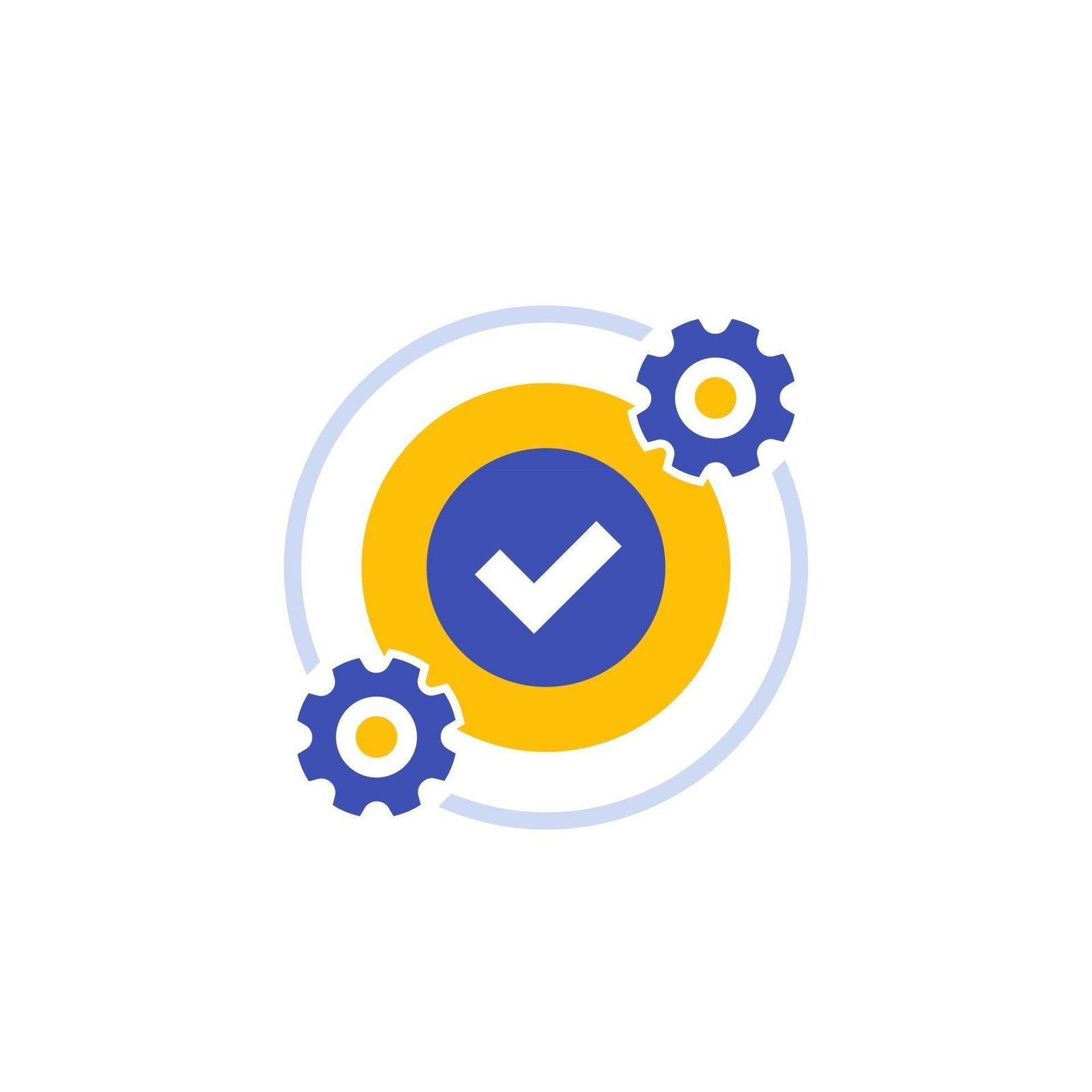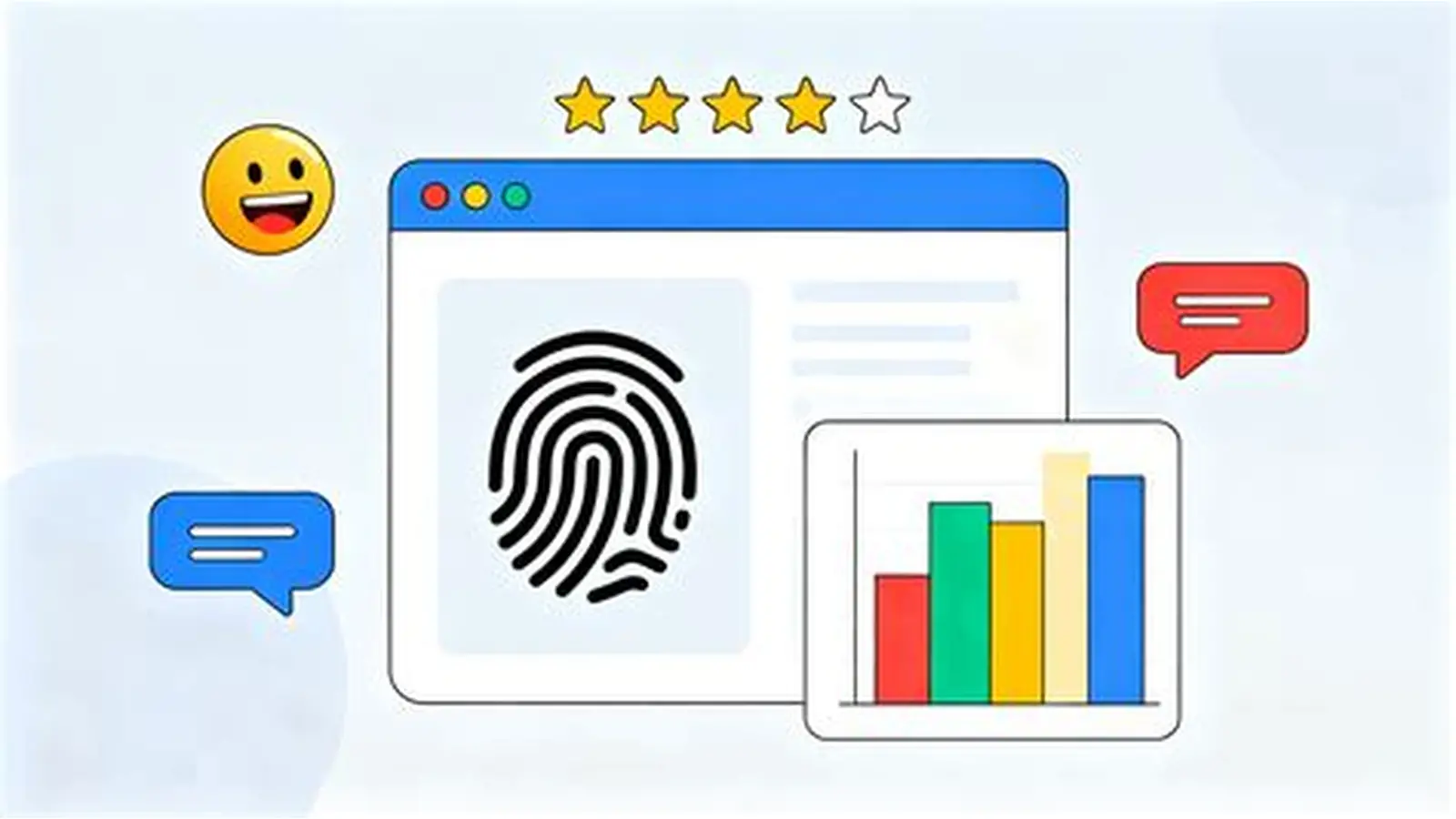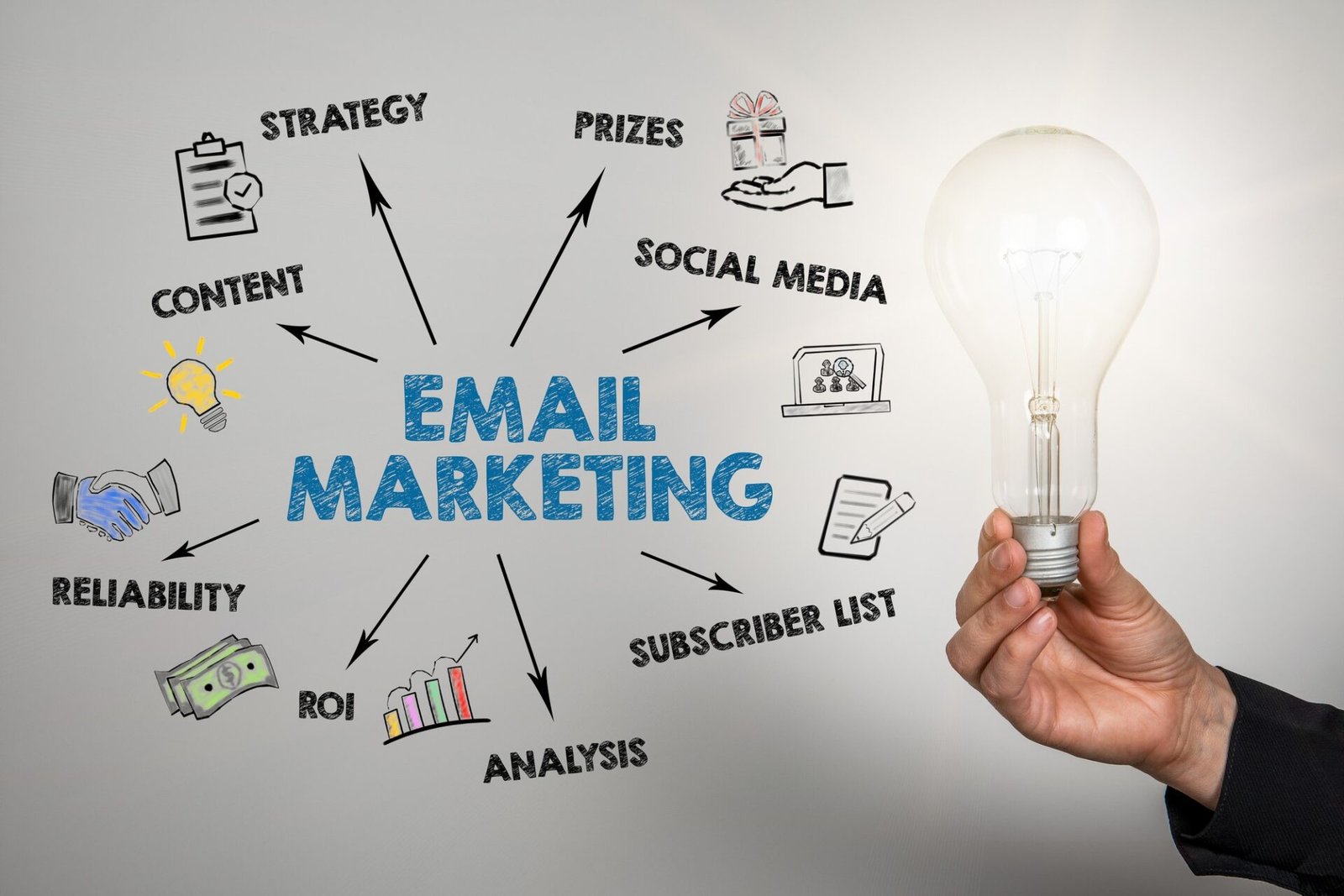Optimizing digital campaigns for conversions is essential for maximizing ROI and achieving business goals. In 2025, marketers must focus on both strategy and execution to ensure campaigns effectively guide users through the conversion funnel. Implementing the right techniques increases engagement, leads, and sales.
Define Clear Goals
Start by establishing specific, measurable objectives for your campaigns. Whether the goal is to generate leads, increase sales, or boost newsletter sign-ups, clear targets guide strategy and help measure success. Well-defined goals ensure campaigns remain focused on achieving tangible results.
Understand Your Audience
Successful campaigns depend on knowing your audience’s preferences, needs, and behavior. Use analytics, surveys, and social listening to gather insights. Tailor messaging, offers, and visuals to resonate with your target audience, increasing the likelihood of conversions.
Use Compelling Calls-to-Action (CTAs)
CTAs guide users toward desired actions. Use clear, concise, and action-oriented language that communicates value. Experiment with placement, color, and design to ensure CTAs stand out and encourage clicks. Effective CTAs significantly influence conversion rates.
Optimize Landing Pages
Landing pages must align with campaign goals and provide a seamless user experience. Ensure fast load times, mobile responsiveness, and relevant content. Use concise headlines, engaging visuals, and easy-to-complete forms. Optimized landing pages reduce bounce rates and increase conversions.
Leverage A/B Testing
A/B testing allows marketers to experiment with different headlines, images, CTAs, and layouts. Analyze performance data to identify what drives the best results. Continuous testing ensures campaigns are optimized for maximum engagement and conversions.
Personalize User Experience
Personalization increases relevance and encourages conversions. Use dynamic content, tailored recommendations, and retargeting strategies to address individual user needs. Personalized campaigns foster trust, engagement, and higher conversion rates.
Utilize Analytics and Data Insights
Track campaign performance using analytics tools to understand user behavior, engagement patterns, and conversion metrics. Monitor KPIs such as click-through rates, form completions, and purchase behavior. Data-driven decisions allow marketers to refine campaigns and improve results continuously.
Optimize for Multi-Channel Engagement
Integrate campaigns across multiple channels, including social media, email, search engines, and paid ads. Consistent messaging and coordinated efforts enhance visibility and increase the chances of conversions. Cross-channel optimization ensures users have multiple touchpoints leading to action.
Improve Website and Checkout Experience
For e-commerce campaigns, a smooth checkout process is crucial. Reduce friction by offering multiple payment options, simplified forms, and clear shipping information. A streamlined user experience minimizes cart abandonment and boosts conversion rates.

Monitor and Adapt in Real-Time
Digital campaigns require ongoing monitoring and quick adjustments. Track trends, respond to feedback, and adjust targeting, messaging, or design as needed. Real-time optimization ensures campaigns remain effective and responsive to audience behavior.
Riches Adventure
Step into online gaming with rewarding opportunities. Raymond Terrace riches provides exciting gameplay and generous prizes. Smooth mechanics make each session engaging and fun. Start playing today and claim your winnings!
Conclusion
Optimizing digital campaigns for conversions in 2025 involves setting clear goals, understanding your audience, using compelling CTAs, optimizing landing pages, A/B testing, personalizing experiences, leveraging analytics, coordinating multi-channel efforts, enhancing user experience, and monitoring performance. By implementing these strategies, marketers can increase engagement, drive meaningful actions, and maximize ROI from digital campaigns.











